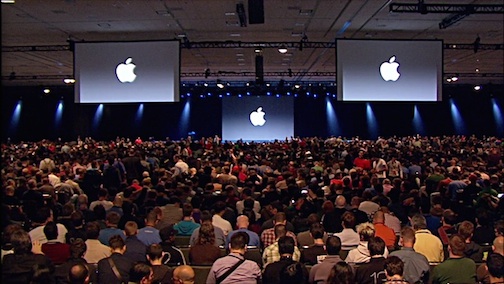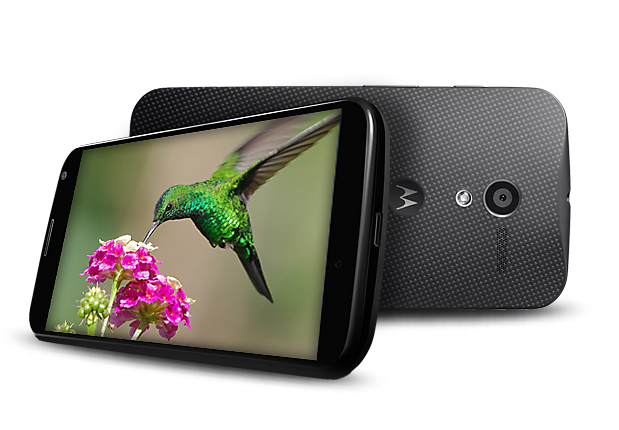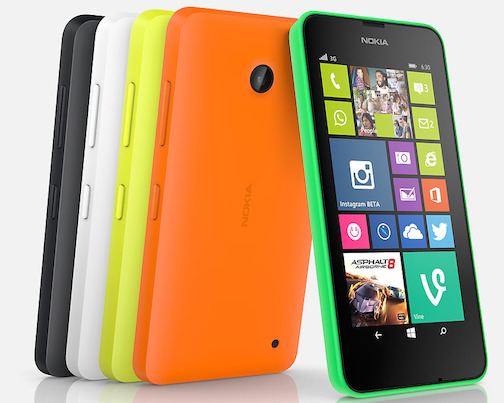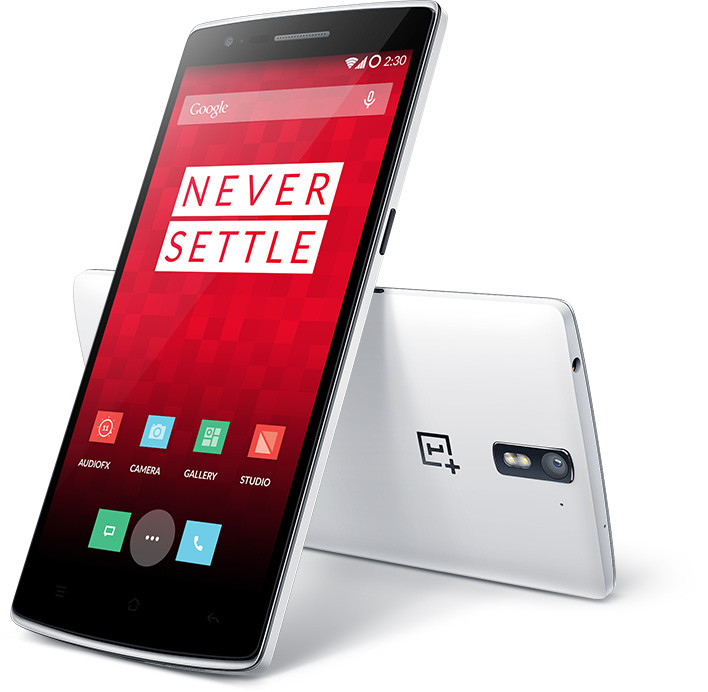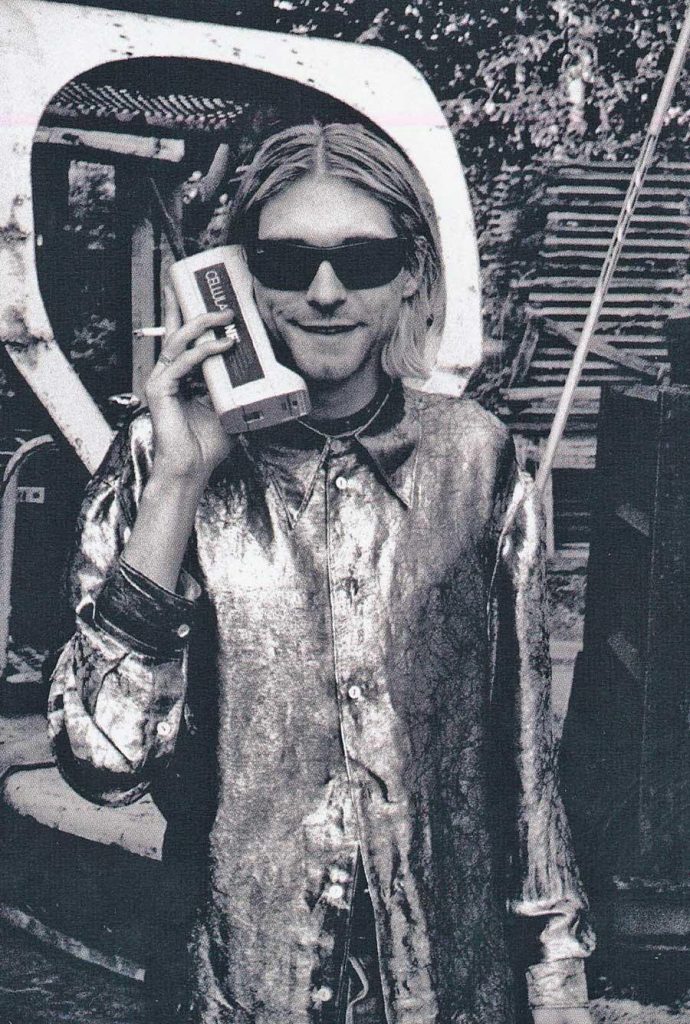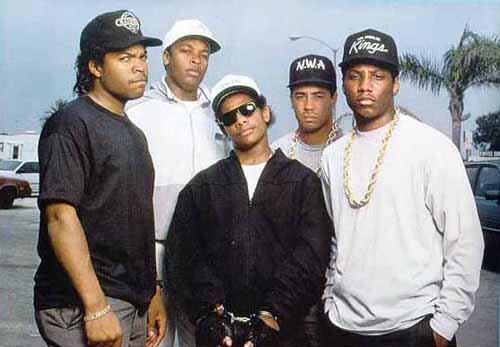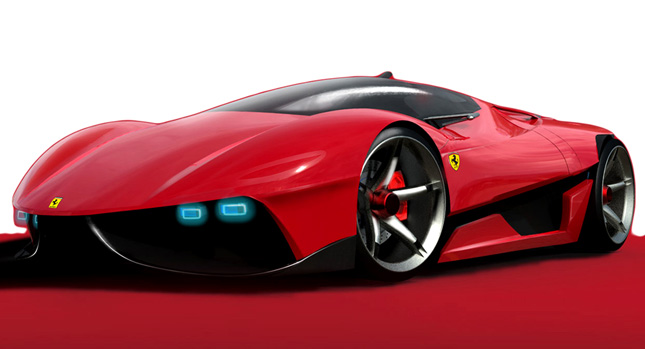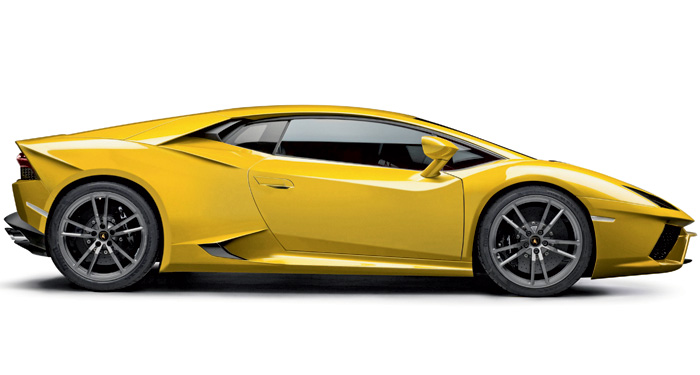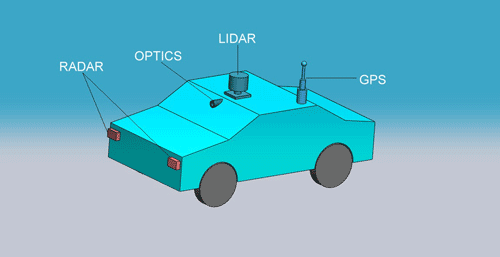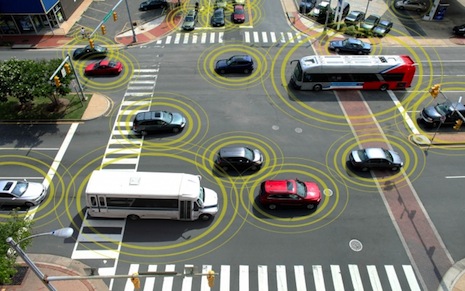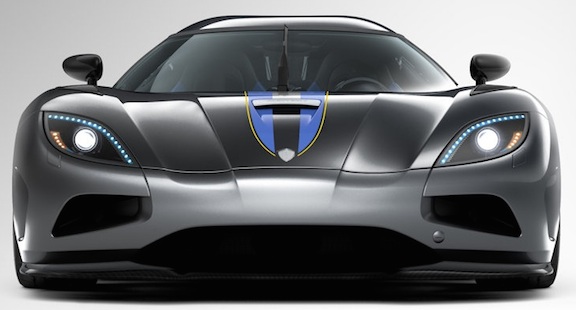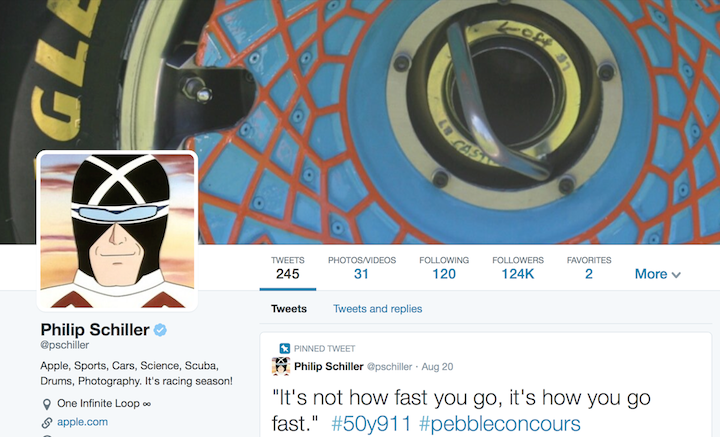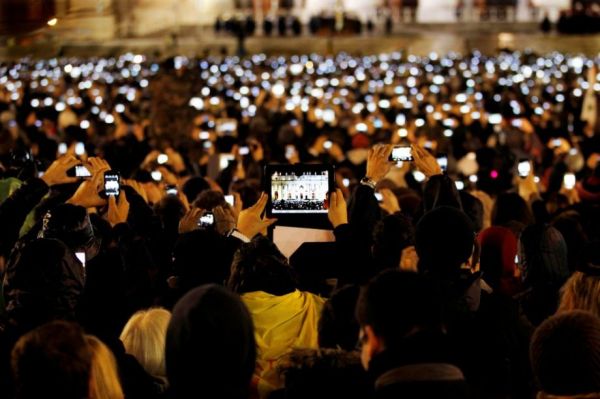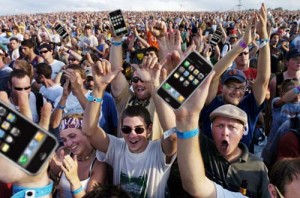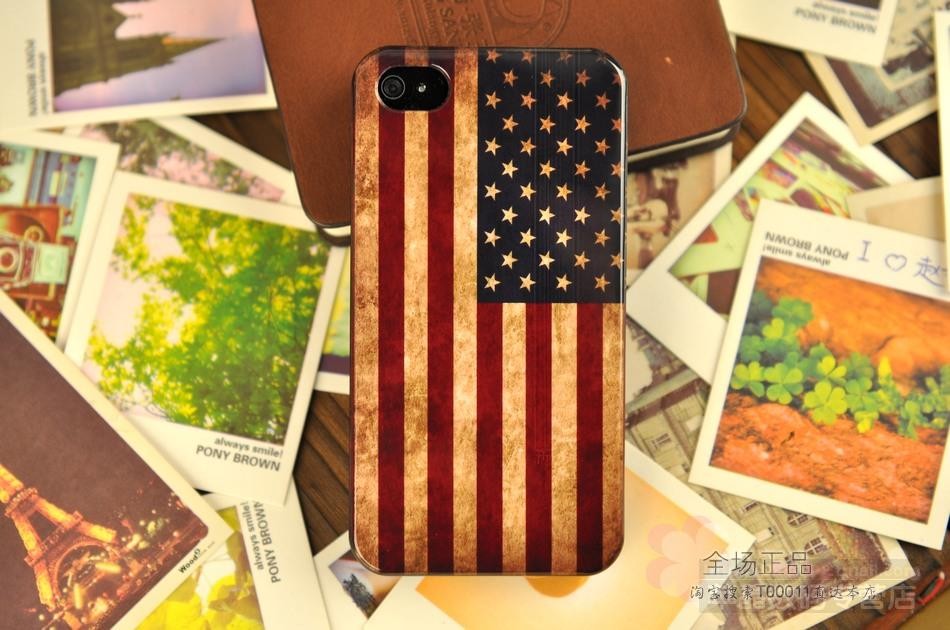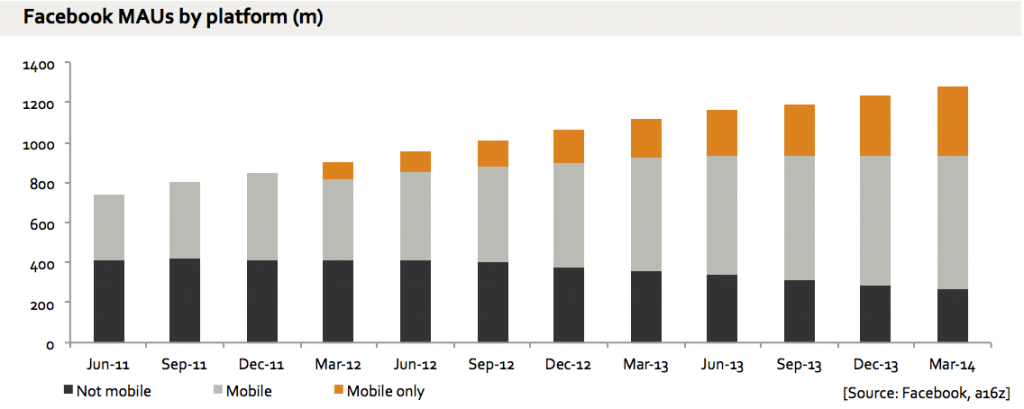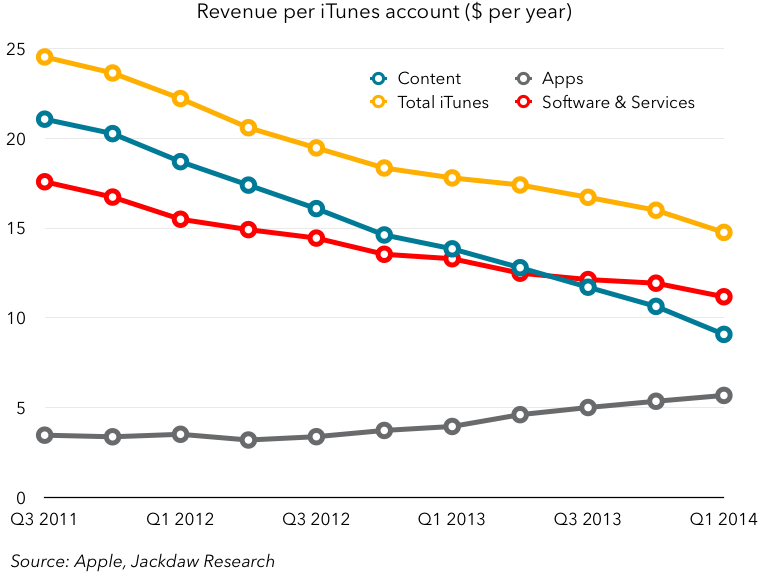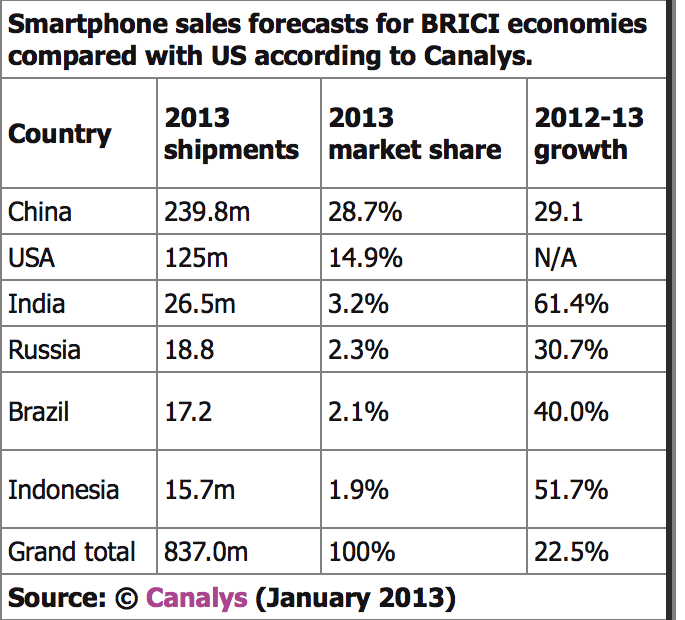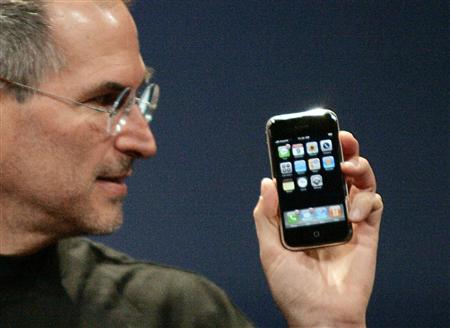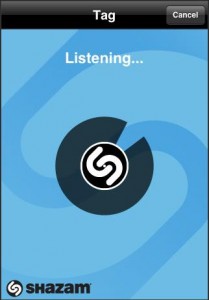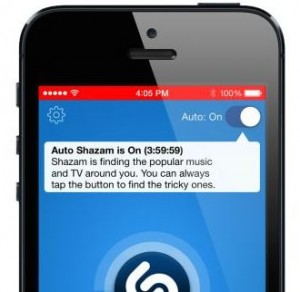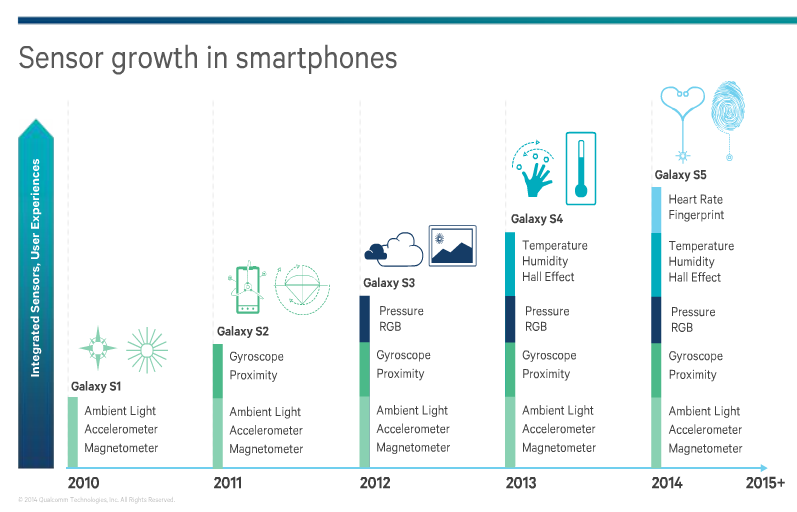I have used mobile phones for two decades. I have tried nearly every single platform. I consider myself a good judge of functionality, durability, usability and value. I have spent the past six months using a Windows Phone — a Lumia 1520 — as my primary device. It is big, beautiful, intuitive, powerful. The battery, more than double the iPhone’s, actually lasts me all day long. Cortana knows my voice better than Siri. Live Tiles provide information at a glance better than any iPhone app and all my iPhone notifications. Nokia’s HERE Maps are more responsive than Google’s. The display is magic.
People stop me in public and ask me if they should buy one.
I always say yes.
A few, however, ask if I can recommend it over their iPhone or Android phone.
For this, I have no answer.
For better or worse, iPhone and Android are good enough for, well, nearly every single smartphone user on the planet. I have no reason to believe this will change soon.
Why?
Sales data, mostly. Management shifts inside Microsoft, partly. Plus, I ask people. I ask actual human beings both online and in physical space. I ask why they chose the iPhone or an Android phone. I also ask, and this is always more insightful, why they did not choose a Windows Phone.
But before that, let’s take a look at the numbers. They are unforgiving.
No One Is Using Windows Phone
The smartphone wars are far from over. The near term addressable market for smartphones is in the billions of units.
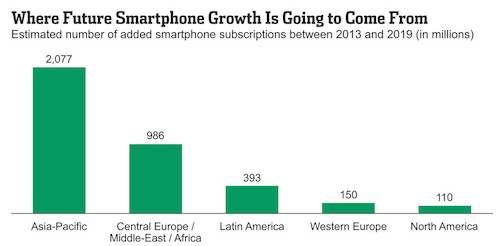
- Global smartphone growth
And yet…
As smartphones become more vital to our lives, as prices drop, as the technology spreads, as smartphones link to more devices, wearables and services, Windows Phone remains barely a blip. Tech.pinions estimates the Windows Phone install base at a mere 2%.
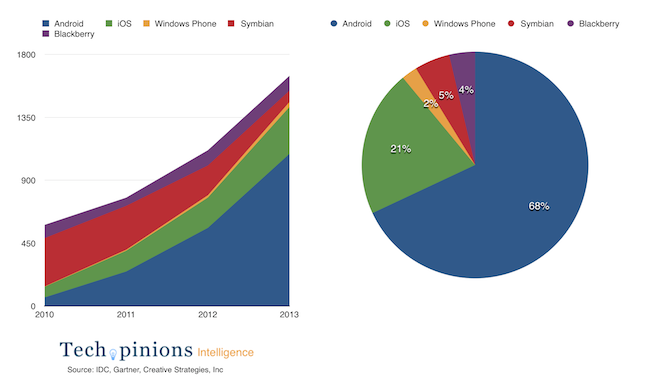
- Smartphone install base
Love your Windows Phone? Love Nokia design, imaging, sound quality, build quality? Happy with how Windows Phone offers a clear UI alternative, a uniquely innovative means to group contacts, superior music streaming versus Beats?
It does not matter, apparently.
The market has spoken — a billion times over. It can find no valid set of reasons to choose the Lumia Icon or Lumia 920, 1020 or 1520, or any other Windows Phone instead of an iPhone 5c or every model of Android.
It gets worse.
As the Tech.pinions analysis reveals, smartphone sales are dominated by the usual suspects — Apple and Samsung, plus numerous Chinese-based vendors. Nearly all of these are exclusively focused on Android.
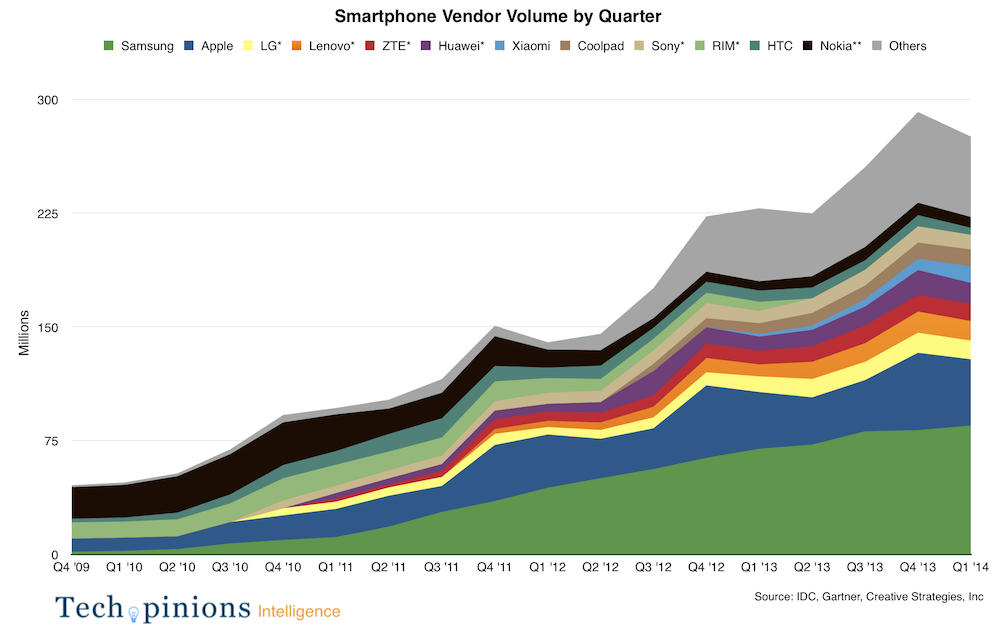
Lest you think Tech.pinions numbers are an outlier, Tomi Ahonen aggregates data from several manufacturers and industry groups. His smartphone market share numbers align closely with Tech.pinions.
Spoiler alert: Almost nobody wants Windows Phone.
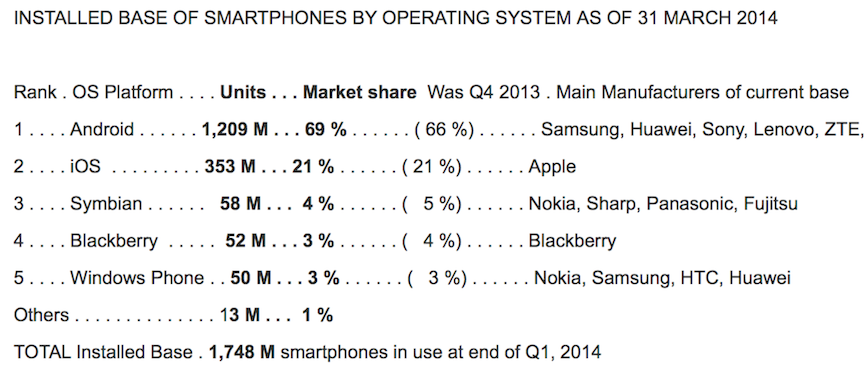
- Smartphone share
Bad, yes. Worse — the most recent quarter offered little hope, with market share for Windows Phone actually dropping:

By next quarter, Microsoft’s newly acquired Nokia division, which is responsible for the vast majority of Windows Phone sales, may not even crack the top 10:

Coolpad/Yulong? Ever heard of them? They sold millions more smartphones last quarter than did Nokia. To be fair, their Samsung Galaxy Note flattery is quite nice.

How can this be?
Why Is No One Using Windows Phone?
I want Windows Phone to succeed. I want yet another great American company to be a central part of our global, mobile, highly technological future. Plus, Microsoft can offer users a rather stunning array of uniquely valuable services and platforms. Skype, identity, Xbox, Office, OneDrive, Yammer — an unmatched range of corporate, productivity and connectivity tools that may be peerless in the computing world.
Why, then, are their phones so thoroughly rejected?
I said above I asked people why they did not choose a Windows Phone. That is a somewhat misleading statement. Because as it turns out, almost everyone I asked had not even considered a Windows Phone. They could give me no answers.
A few, however, had considered a Windows Phone. Or at least revealed awareness of its existence. Their responses to my informal survey are telling.
1. Microsoft Derangement Syndrome
If I were to state here Microsoft saved Apple from bankruptcy, the vitriolic comments would never end. Should I remark Apple is a great artist — “and great artists steal” — it would generate far more heated, angry response than could ever be justified.
And yet people have no qualms about openly hating Microsoft. The ancient slights, real and perceived, have not healed. I confess I was surprised by how many people made it clear to me they would have nothing to do with Microsoft. Ever. Whenever they have a choice.
I find this Microsoft hate odd and unproductive. I presume a change in perception will occur now Steve Ballmer, the physical manifestation of all that rage, no longer has a lead role at Microsoft.
2. Live Tiles
In theory, live tiles should flourish on our mobile devices. They deliver timely, desired information direct to the user’s screen, available at a glance.
In reality, the static app won.
Users I spoke with prefer the pull of static apps to the push of live tiles, even if they could not fully explain why. They also did not care for the look (design) of live tiles, how they twinkle and spin, nor did they express any desire to pin an app, a site, or other information to their home screen.
When it comes to smartphones, the look and feel of Apple’s iOS is what people expect, no matter who provides it.
3. No There There
Whether out of vision or necessity — or more likely both — Apple made the iPhone the center of our computing world. Microsoft continues to place the Windows PC at the center of our computing world.
This is not the future.
This snapshot of the US browser market is telling. On mobile, Microsoft is nearly non-existent.

Should anyone still think PCs will ever again be the center of our world, take note of this Mary Meeker graphic which reveals time spent in front of our various screens.

Those I spoke with viewed Microsoft as a PC company, not a mobile one (or a cloud one, even). Satya Nadella’s “mobile first, cloud first” strategy sounds exactly right, but his words have not resonated with end users.
4. iTunes
Of course, iTunes. Children use iTunes. Grandparents use iTunes. We all use iTunes. Over and over again, people tell me — and this includes Android users — that without iTunes, or seamless access to their iTunes content, they won’t even consider the alternative device.
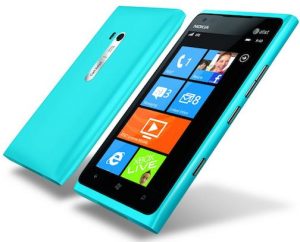
5. There’s An App For That (But Not Really)
It’s been stated a million times and it cannot be overstated. The Windows platform desperately desperately desperately needs more and better apps.
There are far fewer apps for Windows Phone, and most of those do not offer the robust experience found on the iPhone.
It is now far easier to buy far more software and content for Apple devices than for Windows devices. This is a stunning reversal. Every person I asked brought up the ‘app gap’.
6. By Any Other Name
Do customers want a Nokia? Do customers want a Lumia? Is Windows Phone high-end, low-end? Is it a premium, integrated device or an OS licensed by unknown entities such as BLU Products, Yezz, BYD, Wistron and Prestigo?
The Nokia XL, which I consider to be an amazing device for the price, runs atop Android. But it looks like a Windows Phone.
What is it?
In my regular discussions with non-technical people, primarily in the US, a smartphone is:
- iPhone first,
- Samsung second,
- Android third
in that order.
Microsoft’s marketing team must gain significant traction within our already crowded heads if it hopes to ever sell Windows Phone.
And We Continue…
Now, my personal experience.
7. Separate But Unequal
I have walked into dozens of carrier retail stores in the United States. Until recently, it was difficult even to locate a Windows Phone.
It gets worse.
At multiple retail stores, as I am examining a Windows Phone, a helpful salesperson has steered me toward Android. Microsoft needs to fix this problem stat.
8. No Self Control
What can I control with my Windows Phone?
My smartwatch? My thermostat? My television? My PC? My Xbox?
The smartphone is the center of our computing world. To succeed, Windows Phone must become this. While no one brought this up, I think the lack of an obvious, flourishing ecosystem centered around Windows Phone continues to limit adoption.
9. The iPhone Box
As much as I love the beautiful, colorful, brilliantly designed polycarbonite Lumia 1520 for example, perhaps Microsoft should focus on making devices that much more closely resemble the squared, austere iPhone. This seems to be what the market wants.

Ditch the colors, the curves and the unapologetically plastic design. The Lumia Icon mimics the boxy, metallic design of the iPhone. Perhaps that is how all Windows Phones should look. I hope I am wrong, but the world says otherwise.
10. Continuity
Apple made a splash at WWDC by promising “continuity.” That is, creating a seamless experience across devices — iPhone, iPad, Mac. Microsoft needs to show me and all its customers how Windows Phone can or will offer a seamless, integrated, multi-device experience.
Nowhere To Go But Up
It no longer matters whether Windows Phone is better, just as good, different, or some combination of these. The iPhone and Android are everything users need, which leaves Microsoft on the outside.
What happens next is up to Microsoft, not the public.
Apple once faced this exact same situation. They were forced to become something other than what they were, despite their abiding belief they offered a superior, or certainly equivalent, product. After a long, difficult slog, it worked out rather well for them. I hope the same for you, Microsoft. I know it will not be easy.





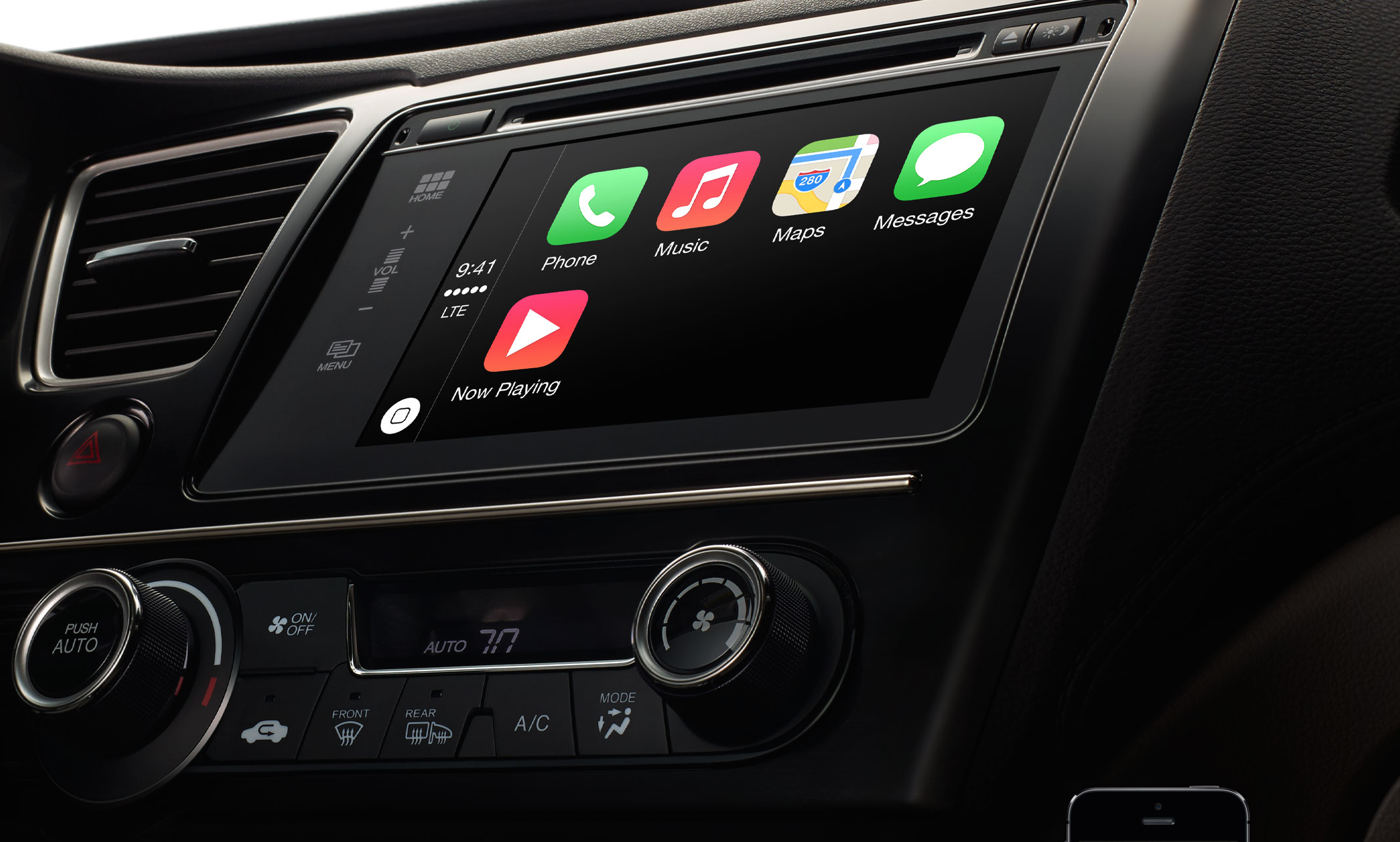
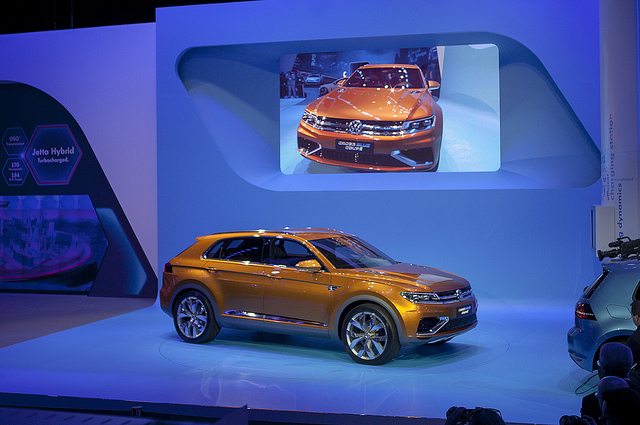
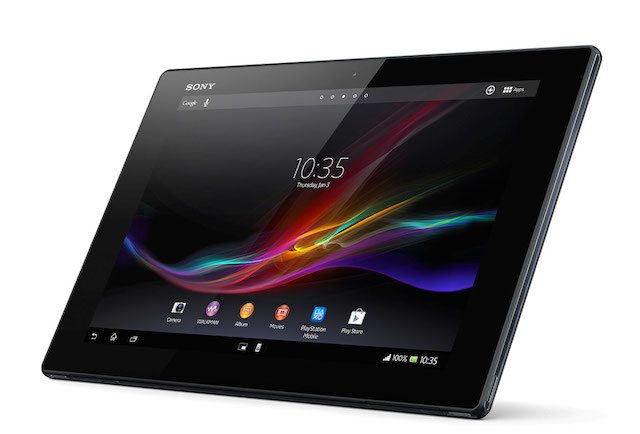

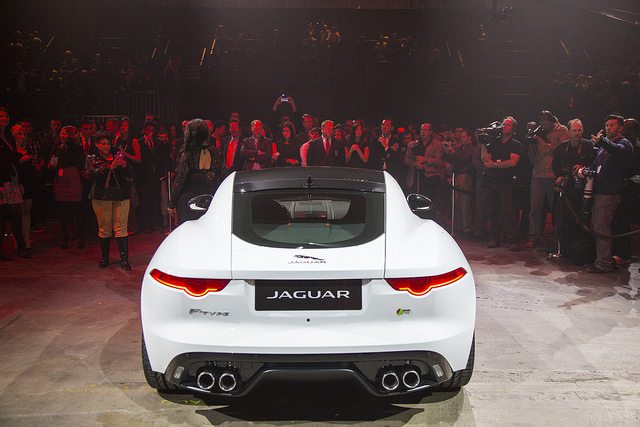

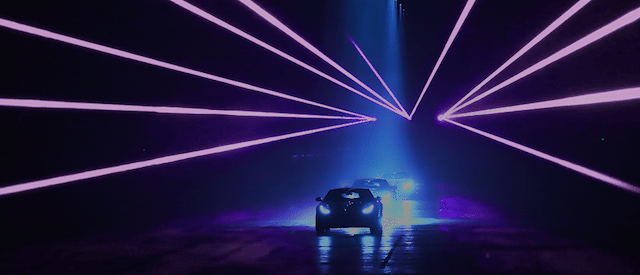
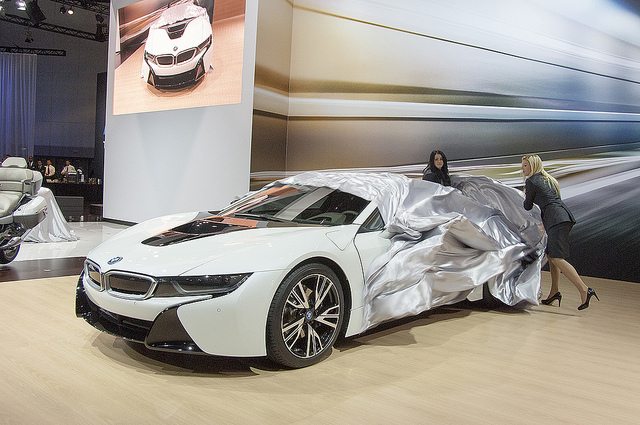
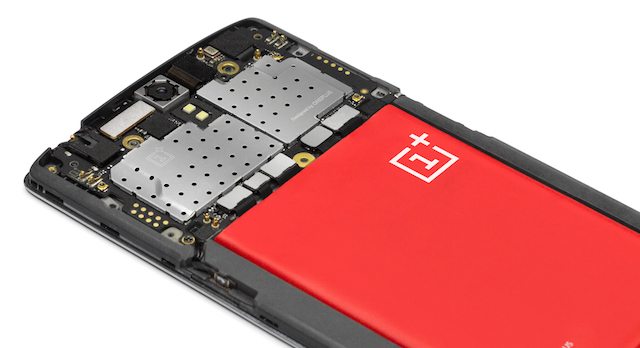


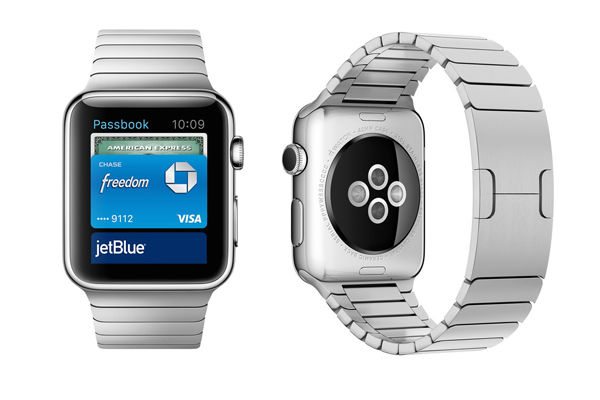
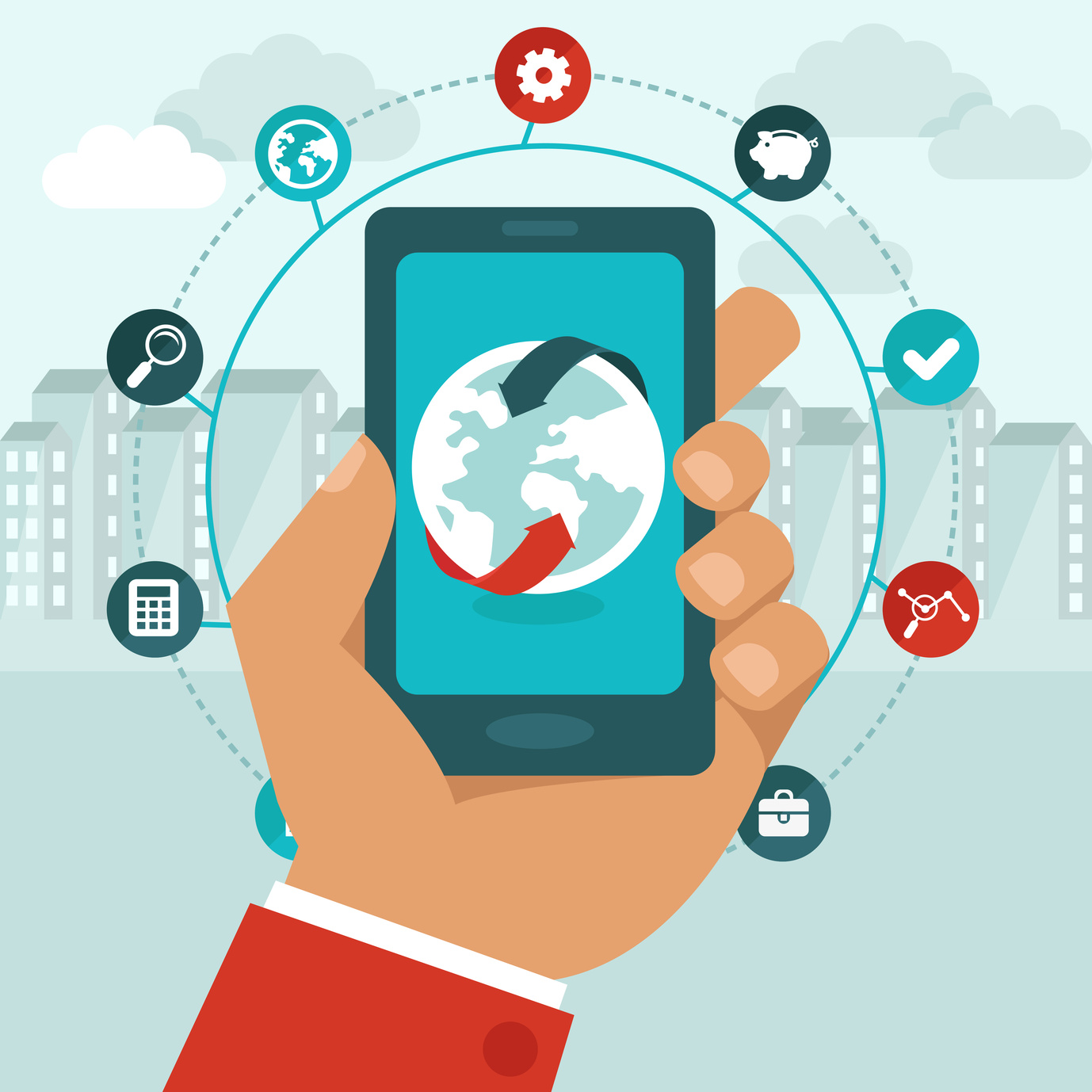

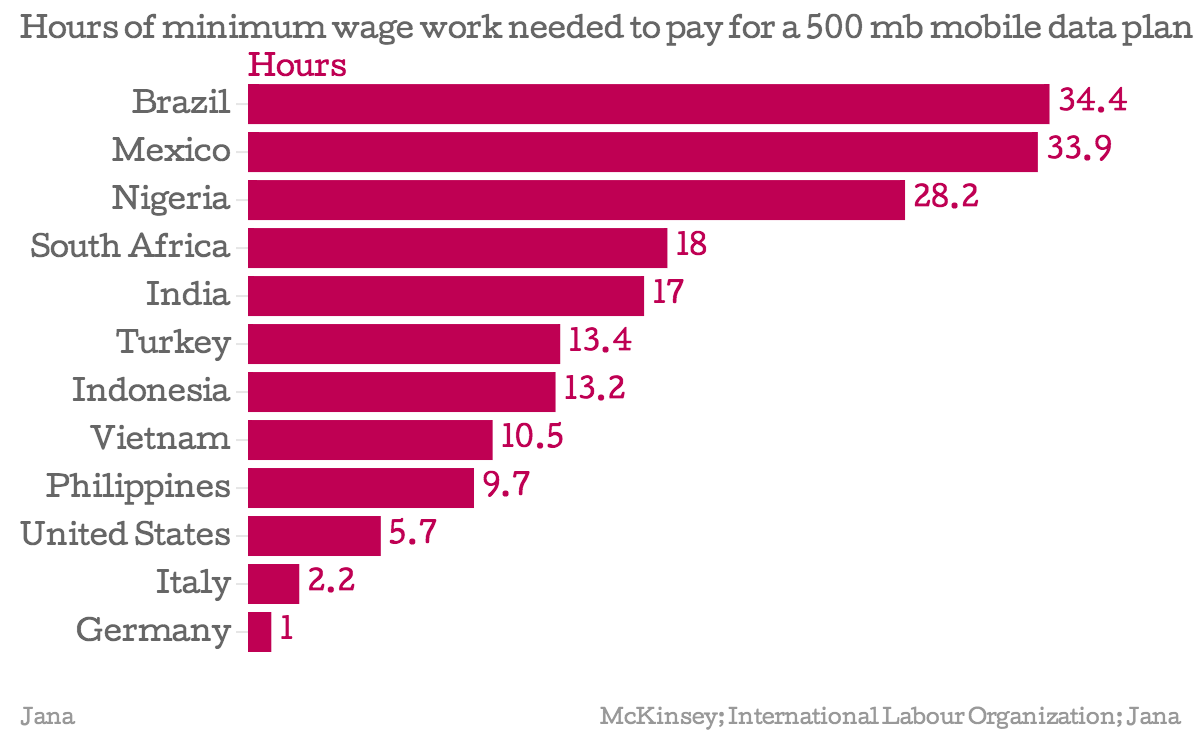


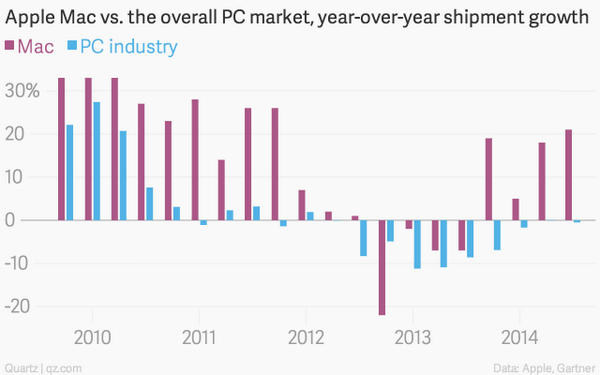

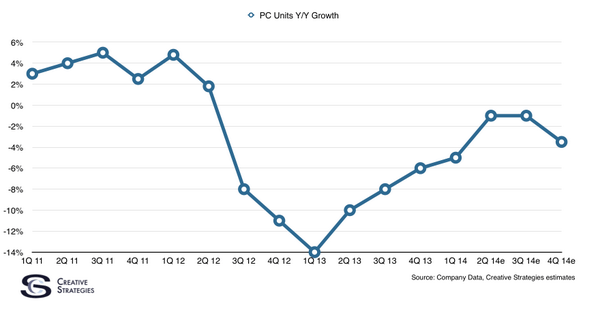
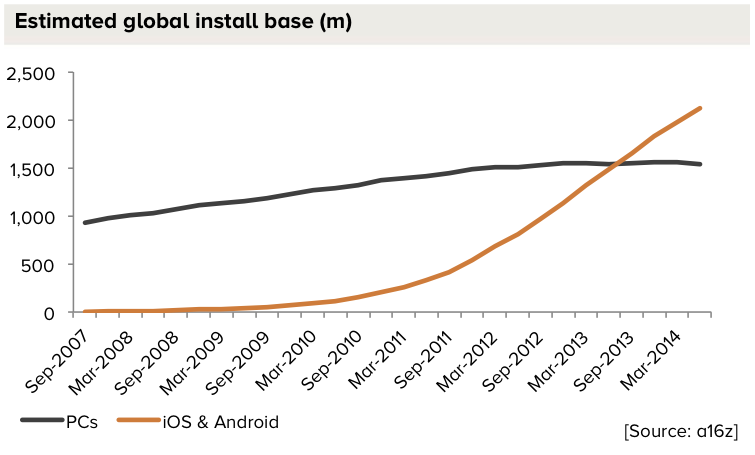

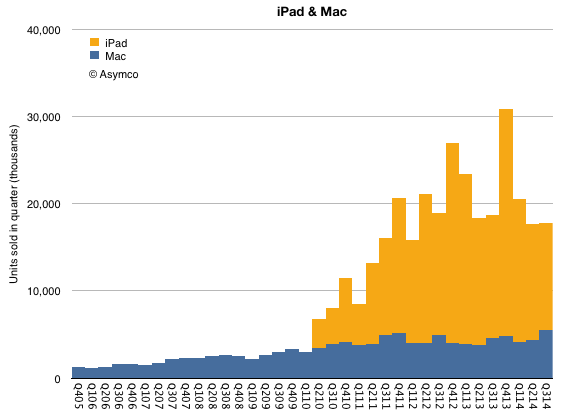
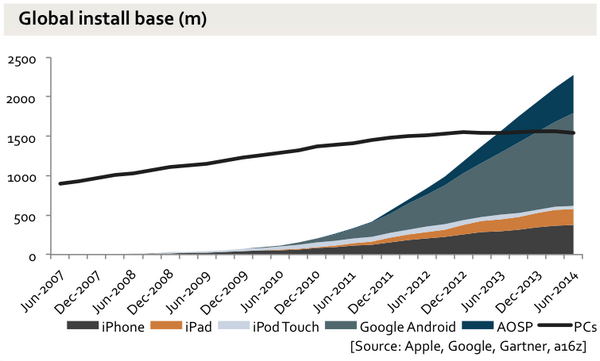
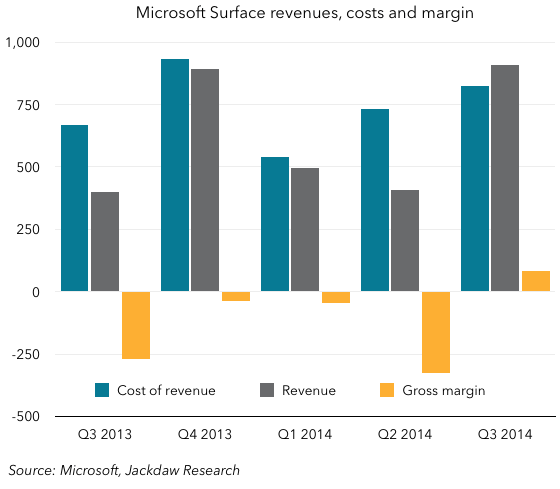



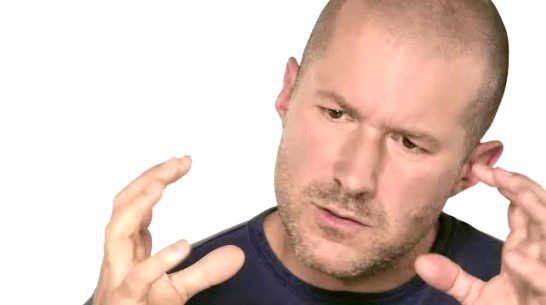

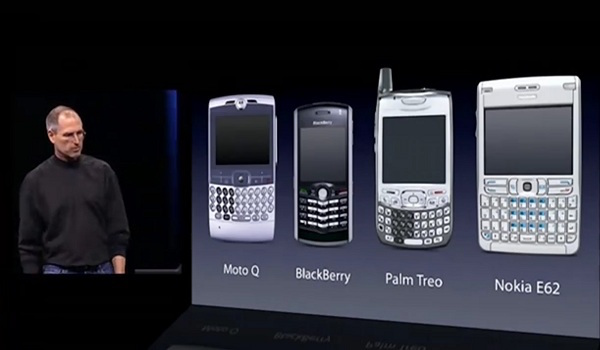
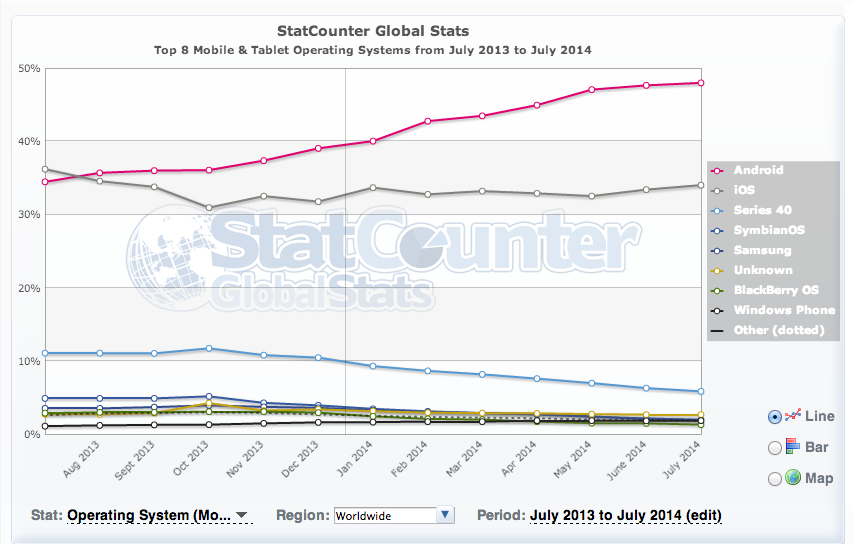


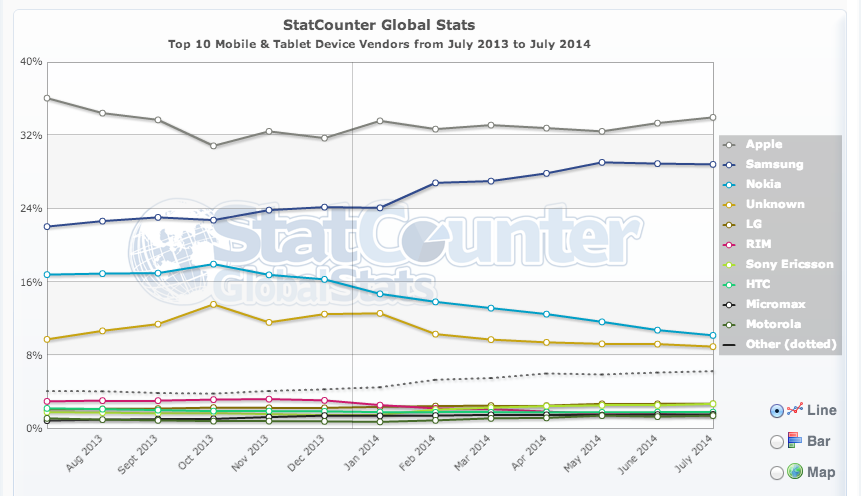
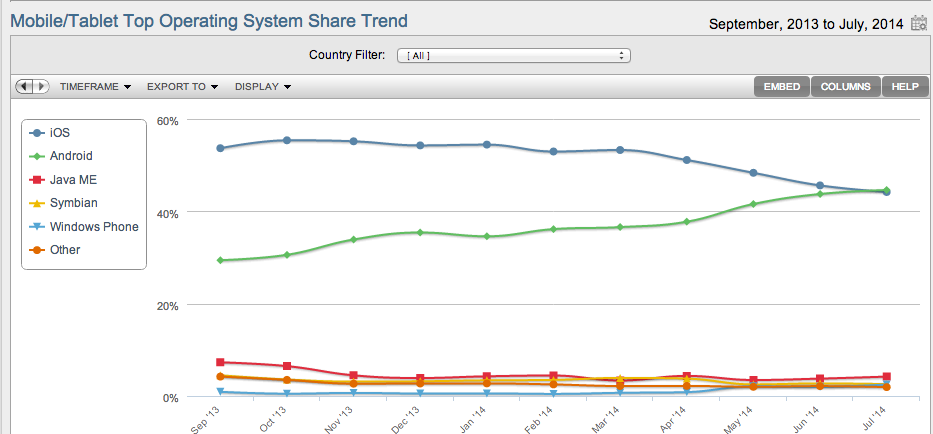
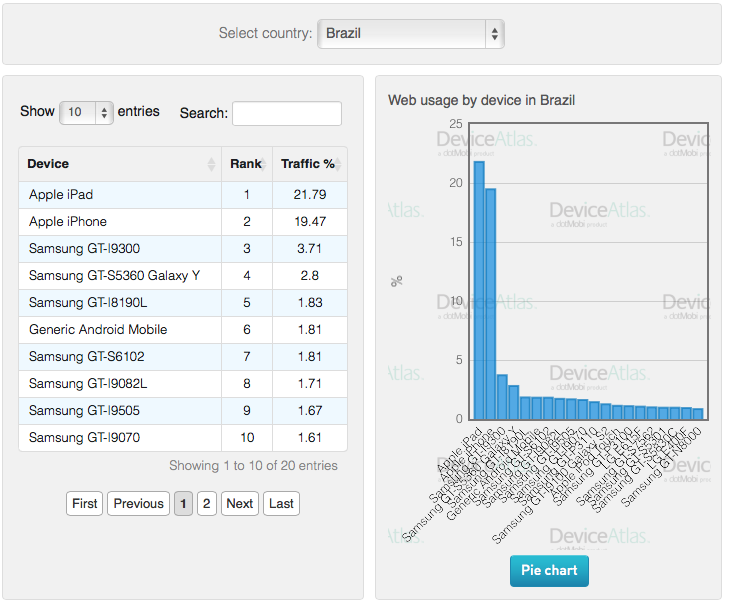
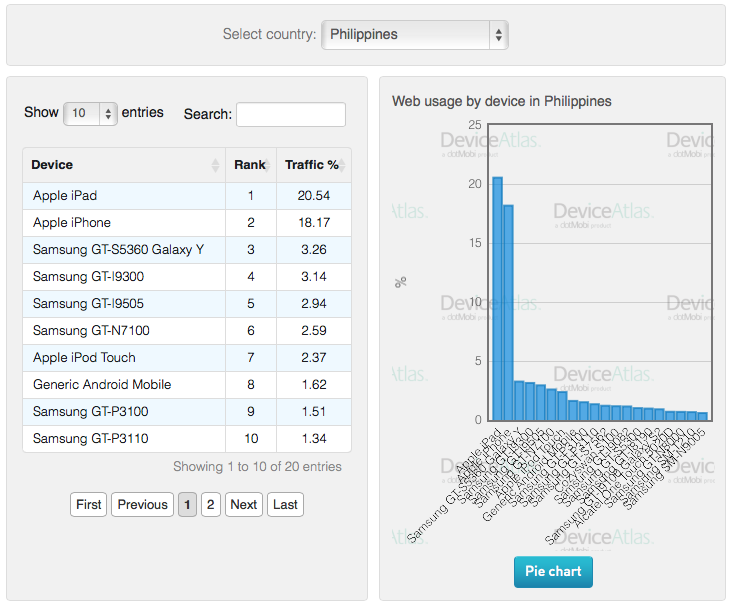
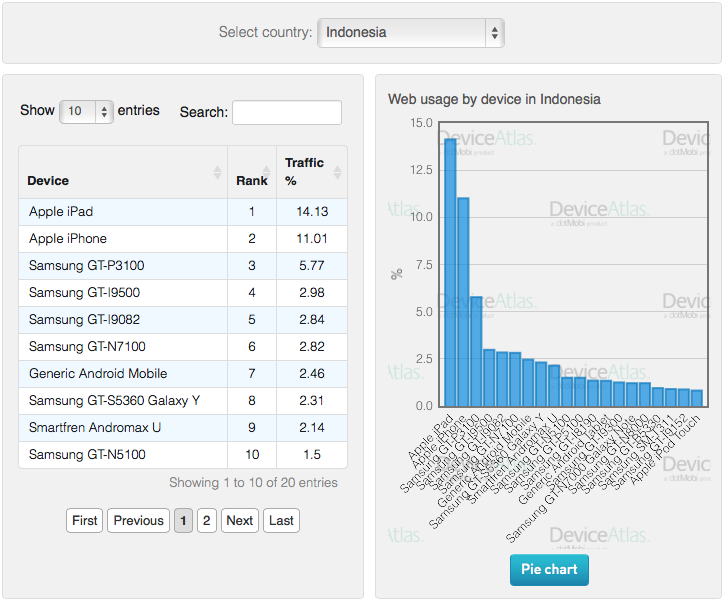

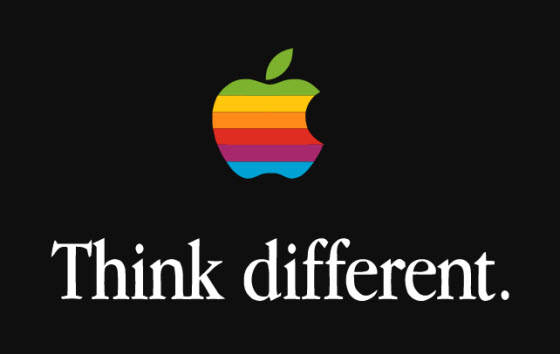

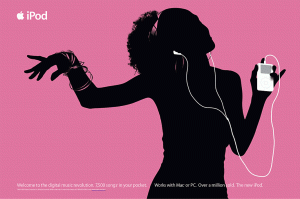



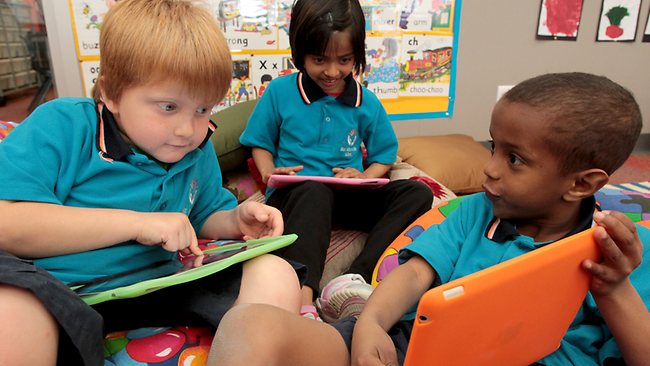
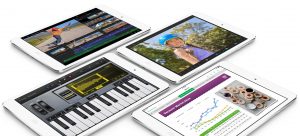

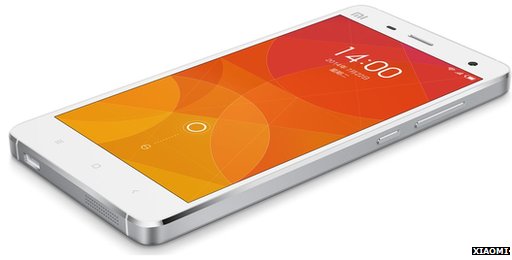

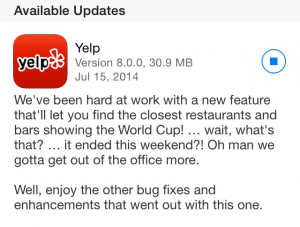
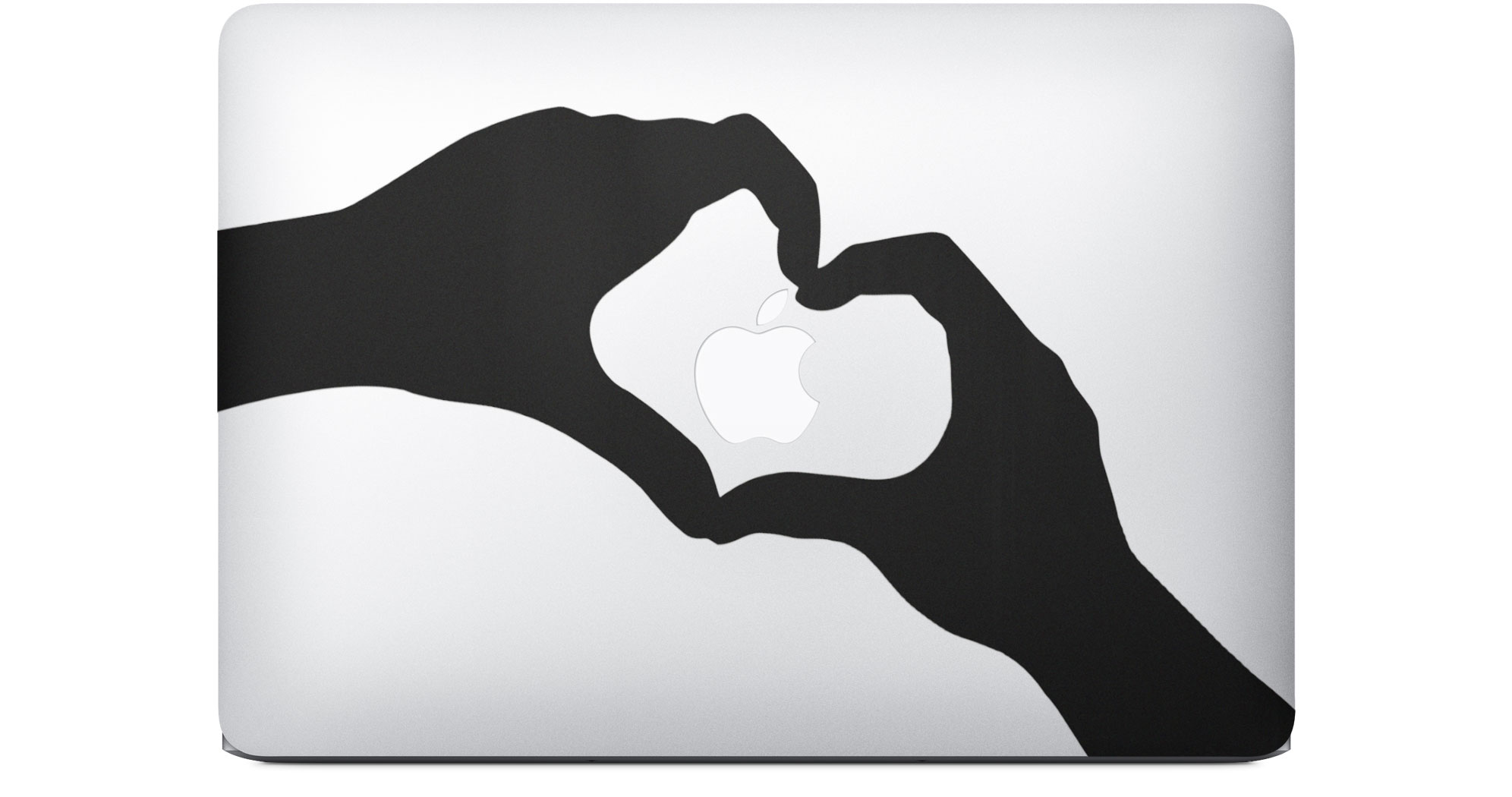
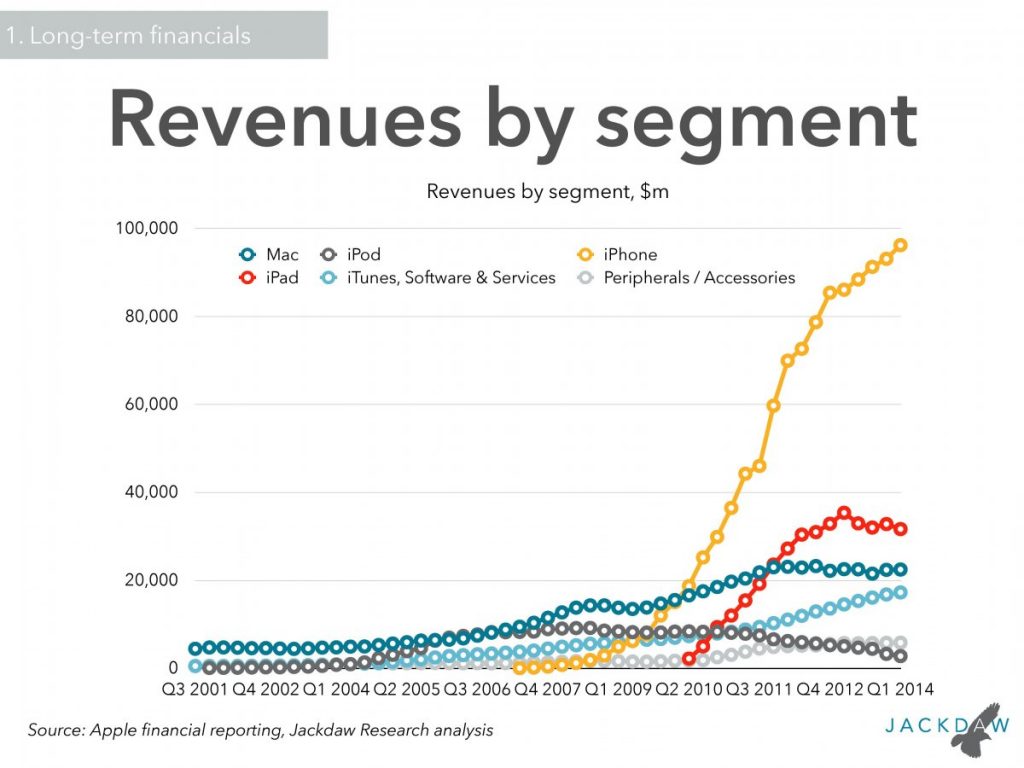
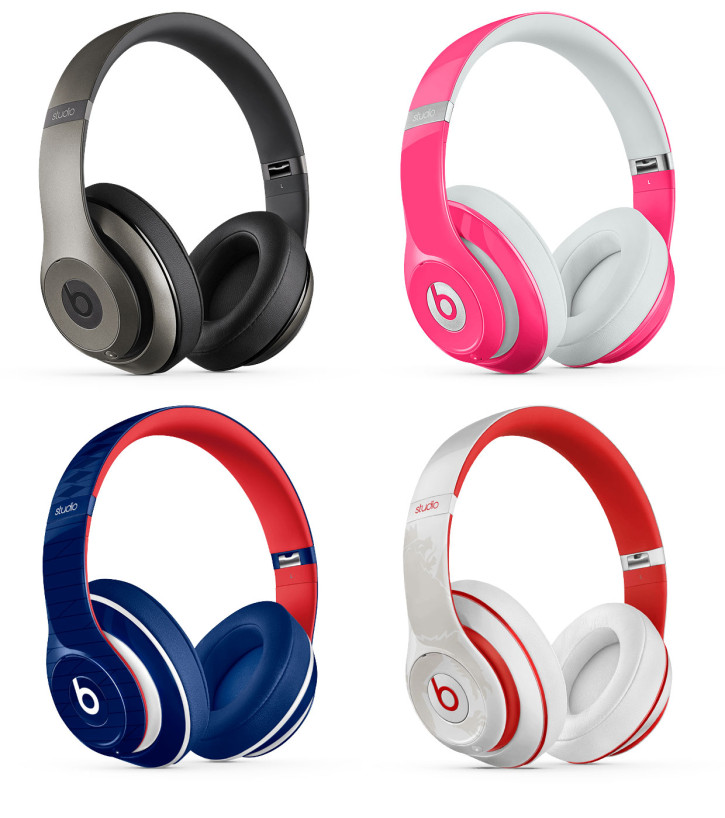




 Typing suggestions
Typing suggestions What is it with our fetish for first? Where did we ever get the notion being first was all that mattered and — perversely — that nothing that comes after “first” matters at all?
What is it with our fetish for first? Where did we ever get the notion being first was all that mattered and — perversely — that nothing that comes after “first” matters at all?
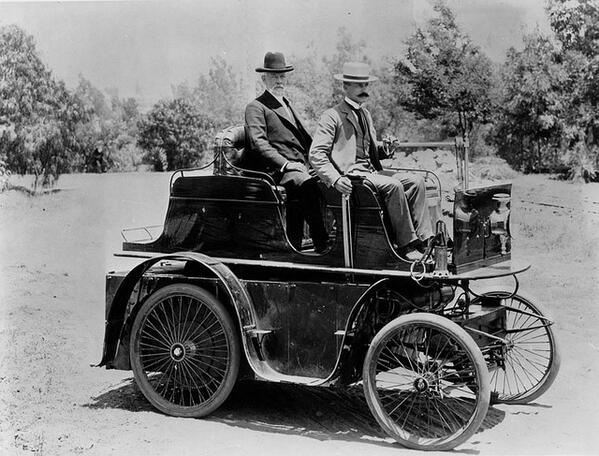

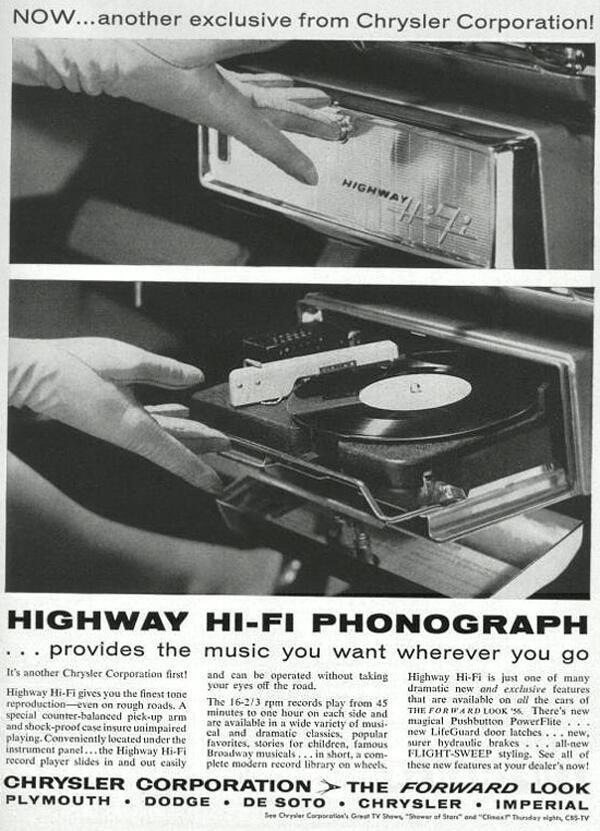




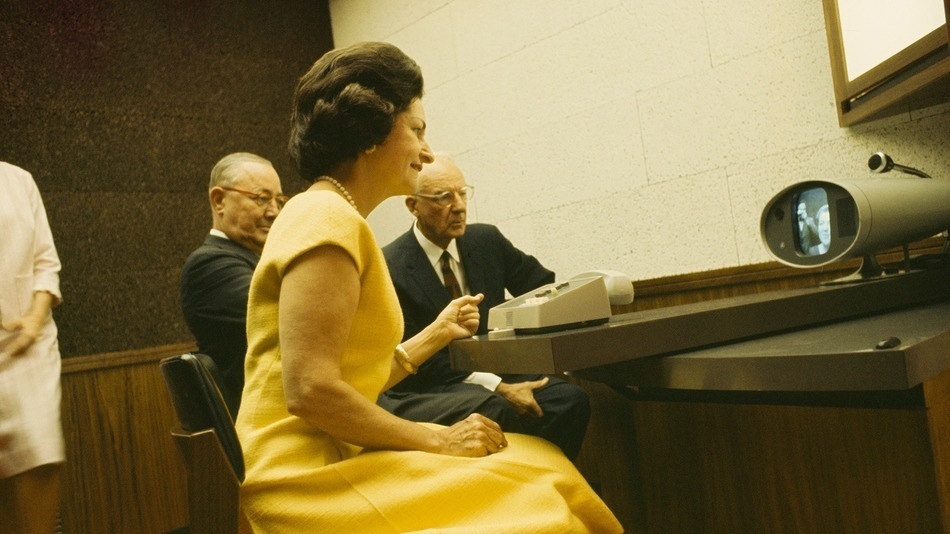


 And it’s not only geeks like Comic Book Guy who are getting this wrong. A lot of people — people who should know better — are getting this wrong too. Take, for example, a look at this March, 2014 interview with a Steve Ballmer:
And it’s not only geeks like Comic Book Guy who are getting this wrong. A lot of people — people who should know better — are getting this wrong too. Take, for example, a look at this March, 2014 interview with a Steve Ballmer:


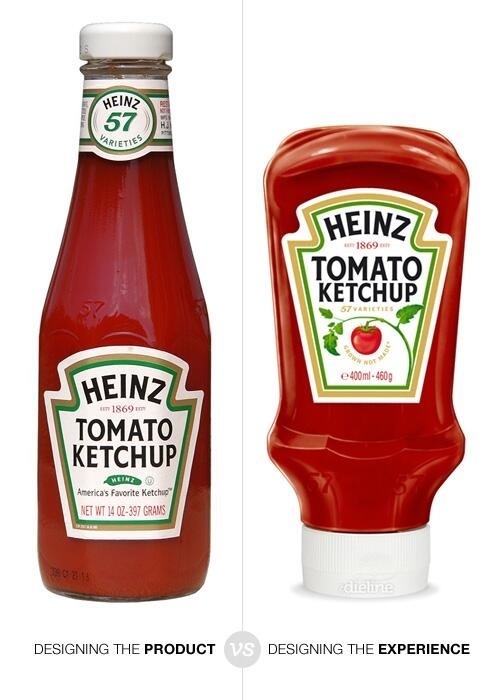


 I can order chicken nuggets from McDonalds or chicken cordon bleu from a five-star restaurant. Both meals are made of chicken but that’s where the similarities end. HOW something is prepared is often as important — and often more important — than WHAT that something is.
I can order chicken nuggets from McDonalds or chicken cordon bleu from a five-star restaurant. Both meals are made of chicken but that’s where the similarities end. HOW something is prepared is often as important — and often more important — than WHAT that something is.













